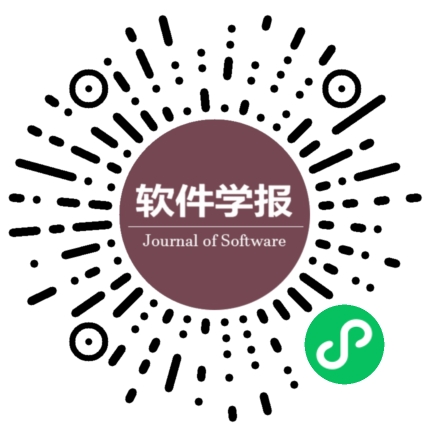基于深度学习和反例制导的循环程序秩函数生成
作者:
作者单位:
作者简介:
林开鹏(1997-),男,硕士生,CCF学生会员,主要研究领域为形式化方法;
林望(1982-),男,博士,副教授,CCF专业会员,主要研究领域为形式化方法,软件分析与验证;
梅国泉(2001-),男,主要研究领域为形式化方法;
丁佐华(1964-),男,博士,教授,博士生导师,CCF高级会员,主要研究领域为智能系统软件建模,分析与测试.
通讯作者:
林望,E-mail:linwang@zstu.edu.cn
中图分类号:
TP311
基金项目:
浙江省自然科学基金(LY20F020020);上海工业控制系统安全创新功能型平台开放课题;上海工业控制安全创新科技有限公司资助课题
Ranking Function Synthesis for Loop Programs via Counterexample Guided Deep Learning
Author:
Affiliation:
Fund Project:
引用本文
林开鹏,梅国泉,林望,丁佐华.基于深度学习和反例制导的循环程序秩函数生成.软件学报,2022,33(8):2918-2929
复制相关视频
分享
文章指标
- 点击次数:
- 下载次数:
- HTML阅读次数:
历史
- 收稿日期:2021-09-05
- 最后修改日期:2021-10-14
- 录用日期:
- 在线发布日期: 2022-01-28
- 出版日期: 2022-08-06
文章二维码

您是第位访问者
版权所有:中国科学院软件研究所 京ICP备05046678号-3
地址:北京市海淀区中关村南四街4号,邮政编码:100190
电话:010-62562563 传真:010-62562533 Email:jos@iscas.ac.cn
技术支持:北京勤云科技发展有限公司
版权所有:中国科学院软件研究所 京ICP备05046678号-3
地址:北京市海淀区中关村南四街4号,邮政编码:100190
电话:010-62562563 传真:010-62562533 Email:jos@iscas.ac.cn
技术支持:北京勤云科技发展有限公司



